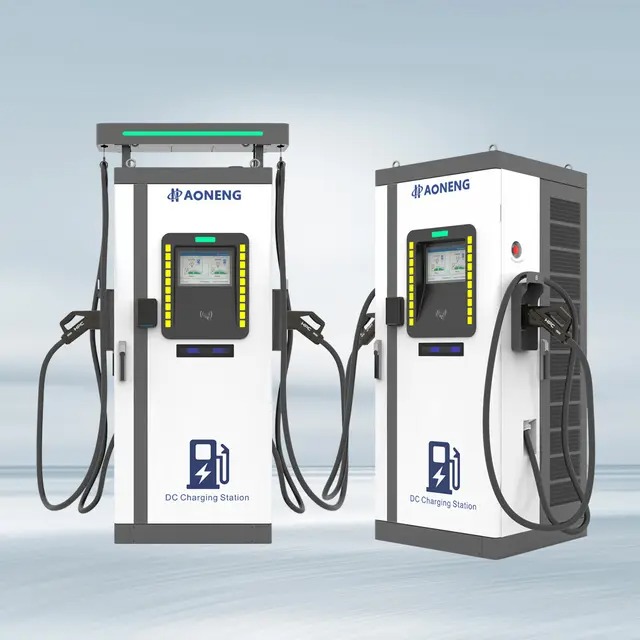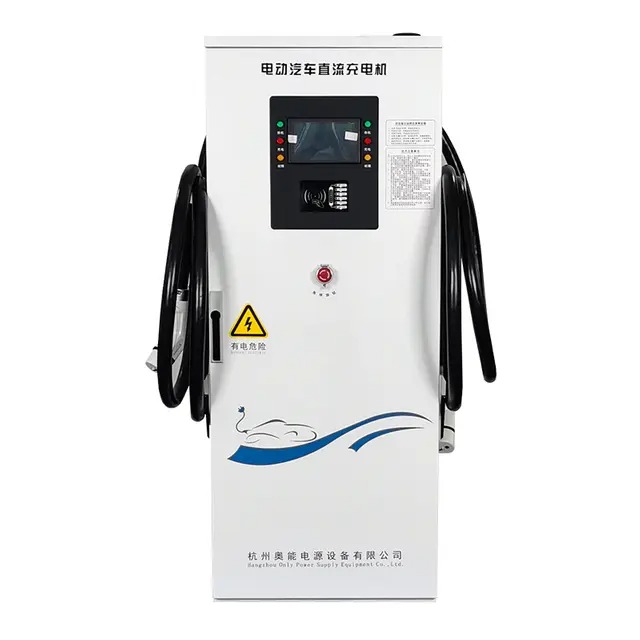Introduction
With the rapid rise of electric vehicles (EVs) and plug-in hybrids, fast charging technology has become an indispensable part of daily driving. Its convenience is undeniable—reducing hours of charging time to minutes—yet it raises a critical question: Does fast charging shorten battery lifespan? This article explores the intricate relationship between high-speed charging and car battery degradation, and offers best practices to maximize battery health and longevity over time.
Understanding how fast charging works, its impact on electrochemical reactions inside lithium-ion batteries, and how to mitigate long-term effects is essential for EV owners, fleet operators, and energy-conscious drivers alike. By striking the right balance between convenience and care, users can unlock the full potential of their batteries while minimizing replacement costs and environmental impact.
What Happens During Fast Charging?
Electrochemical Stress at High Currents
Fast charging involves the delivery of high currents—often exceeding 100 kW—into a vehicle’s battery pack in a very short period. While the process is technically efficient, it causes an increase in internal battery temperature and accelerates chemical reactions within the cell. These reactions, under high thermal and electrical stress, can lead to:
Lithium plating: Metallic lithium deposits on the anode surface, reducing capacity and increasing short-circuit risk.
Increased electrolyte breakdown: Decomposition of electrolyte components under heat and high voltage reduces overall efficiency.
Mechanical stress: Expansion and contraction of battery materials during rapid charge-discharge cycles contribute to long-term degradation.
These processes do not just affect short-term efficiency—they shape the battery’s total usable life, often resulting in earlier-than-expected capacity fade and reduced driving range.

How Fast Charging Affects Battery Longevity
The Aging Process and Its Acceleration
Battery aging is an unavoidable reality. However, how quickly it happens is largely dependent on usage habits, environmental conditions, and charging behavior. Fast charging acts as an aging accelerator by amplifying both calendar aging (time-related degradation) and cycle aging (charge-discharge related degradation).
A recent study of lithium-ion batteries under various charging conditions found that batteries fast-charged exclusively at high rates degraded up to 25% faster over a 2-year period compared to those charged at slower, steady rates. Not only is energy retention affected, but so is safety performance, with older batteries being more susceptible to thermal runaway.
Here's a simple comparison:
| Charging Mode | Average Battery Lifespan (Years) | Cycle Count Before 20% Capacity Loss |
| Slow (Level 1/2 AC) | 10 – 12 | 1500 – 2000 |
| Mixed (AC + occasional fast DC) | 7 – 10 | 1200 – 1600 |
| Frequent Fast Charging (DCFC) | 4 – 6 | 800 – 1200 |
Understanding this data underscores the importance of moderation in charging speed and the necessity of temperature management, especially in warm climates where battery degradation is further accelerated.
Best Practices for Extending Car Battery Life
Charge Wisely, Drive Efficiently
The way you treat your EV battery today determines how it will perform years down the road. Here are some golden rules to follow:
1. Limit Fast Charging to Occasional Use
Use fast charging only when necessary, such as during road trips or emergencies. For daily use, Level 2 charging at home or work is gentler on your battery and extends its service life.
2. Maintain a Moderate State of Charge
Keep your battery charge between 20% and 80%. Avoid full 0% discharges or 100% charges unless required. These extremes put stress on the battery's electrodes and accelerate wear.
3. Avoid Charging in Extreme Temperatures
Batteries dislike extreme cold or heat. If possible, wait for the battery to reach a moderate temperature before initiating fast charging. This is particularly crucial in winter or summer months when ambient conditions push thermal limits.
4. Enable Battery Thermal Management Systems
Many vehicles are equipped with active thermal management. Always keep these systems on during charging sessions to ensure temperature stays within safe limits.
5. Monitor Charging Speed via Settings
Some EVs allow users to limit the charging speed or select a "battery care" mode. Use these features regularly to prevent unnecessary stress from high-voltage rapid charging.
Myths About Fast Charging and Battery Health
Dispelling Misconceptions
Despite the growing understanding of battery chemistry, several myths persist around fast charging. Let’s clear a few up:
Myth 1: Fast charging will always destroy your battery.
Not entirely true. Occasional use has negligible long-term effects when done properly with thermal controls in place.
Myth 2: The faster, the better—no matter what.
Charging speeds should always match battery specifications. Overshooting rated inputs shortens lifespan.
Myth 3: It’s okay to charge to 100% every night.
Unless you're preparing for a long trip, daily 100% charges are excessive and should be avoided.
These myths not only mislead users but contribute to practices that reduce battery lifespan unnecessarily. Education and awareness are the keys to combating this misinformation.

Frequently Asked Questions
Q1: Can I fast charge my EV every day if I have a long commute?
A1: Technically, yes—but it’s not recommended. Daily fast charging increases internal battery wear. Instead, consider installing a Level 2 charger at home or your workplace.
Q2: Does charging overnight damage my battery?
A2: Not if it's done at a slow or moderate rate. Smart chargers usually taper off as the battery fills, and many EVs have a cut-off function or timer to stop charging at a specified percentage.
Q3: How do I know if my battery is degrading?
A3: Watch for reduced range, longer charging times, and frequent overheating. Most modern vehicles have battery health monitors built into their systems.
Q4: Is temperature or charging speed more harmful?
A4: Both are detrimental, but temperature extremes often cause faster degradation. Fast charging in a hot environment is the worst-case scenario for battery wear.
Long-Term Vision: Balancing Performance and Preservation
Smart Charging Strategies for the Future
As electric mobility continues to dominate future transportation landscapes, the importance of battery stewardship cannot be overstated. The solution doesn’t lie in avoiding fast charging altogether—it lies in smarter, more intentional usage of this technology.
Advances in AI-driven charging systems, predictive thermal management, and real-time battery analytics are already enabling users to charge more intelligently. By combining these innovations with well-informed habits, drivers can extend battery life by years, reducing total cost of ownership and minimizing environmental waste from premature battery disposal.
Incorporating scheduled charging, geo-fenced thermal control (charging at cooler locations or times), and regular battery diagnostics will become best practices for EV users worldwide. The more users understand the science behind their battery, the better equipped they are to use fast charging only when it makes sense—not out of habit or convenience.
Conclusion
Fast charging is here to stay. It’s a powerful tool for enhancing mobility, especially in high-demand, time-sensitive environments. However, without careful consideration of its effects, it can turn from a convenience into a liability.
By following proven best practices—such as limiting fast charge frequency, charging at optimal temperatures, and maintaining ideal state-of-charge ranges—drivers can preserve battery health, retain resale value, and contribute to a more sustainable EV ecosystem.


















